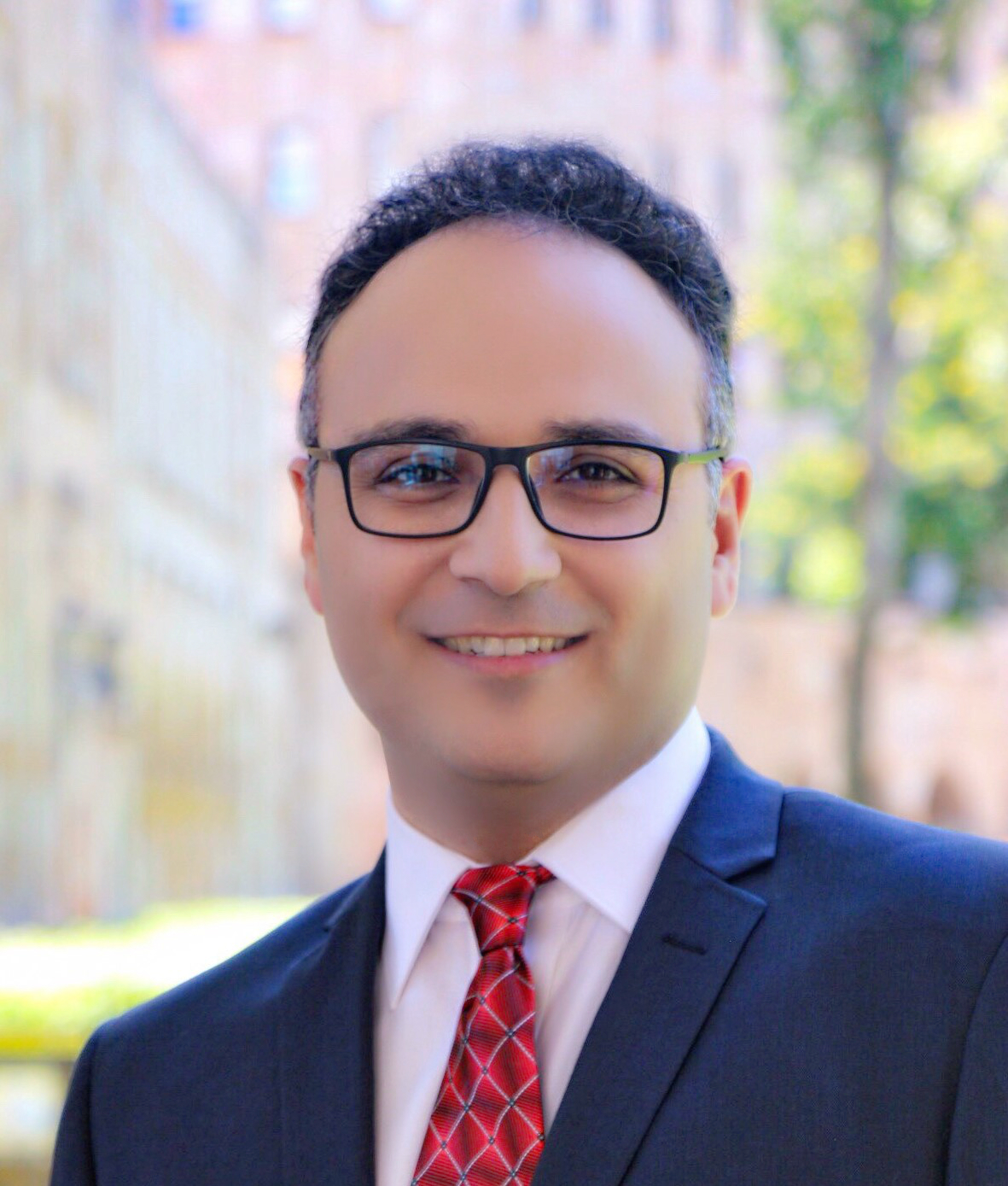
Ali Soofastaei
AI Program Leader, University of Queensland, Australia
Presenter Local Time: 8:10 AM- 8:40 AM
Revolutionizing Healthcare Through AI: Advancing Predictive Analytics for Sustainable and Personalized Care
Home/Programs

Ali Soofastaei
AI Program Leader, University of Queensland, Australia
Presenter Local Time: 8:10 AM- 8:40 AM
Revolutionizing Healthcare Through AI: Advancing Predictive Analytics for Sustainable and Personalized Care
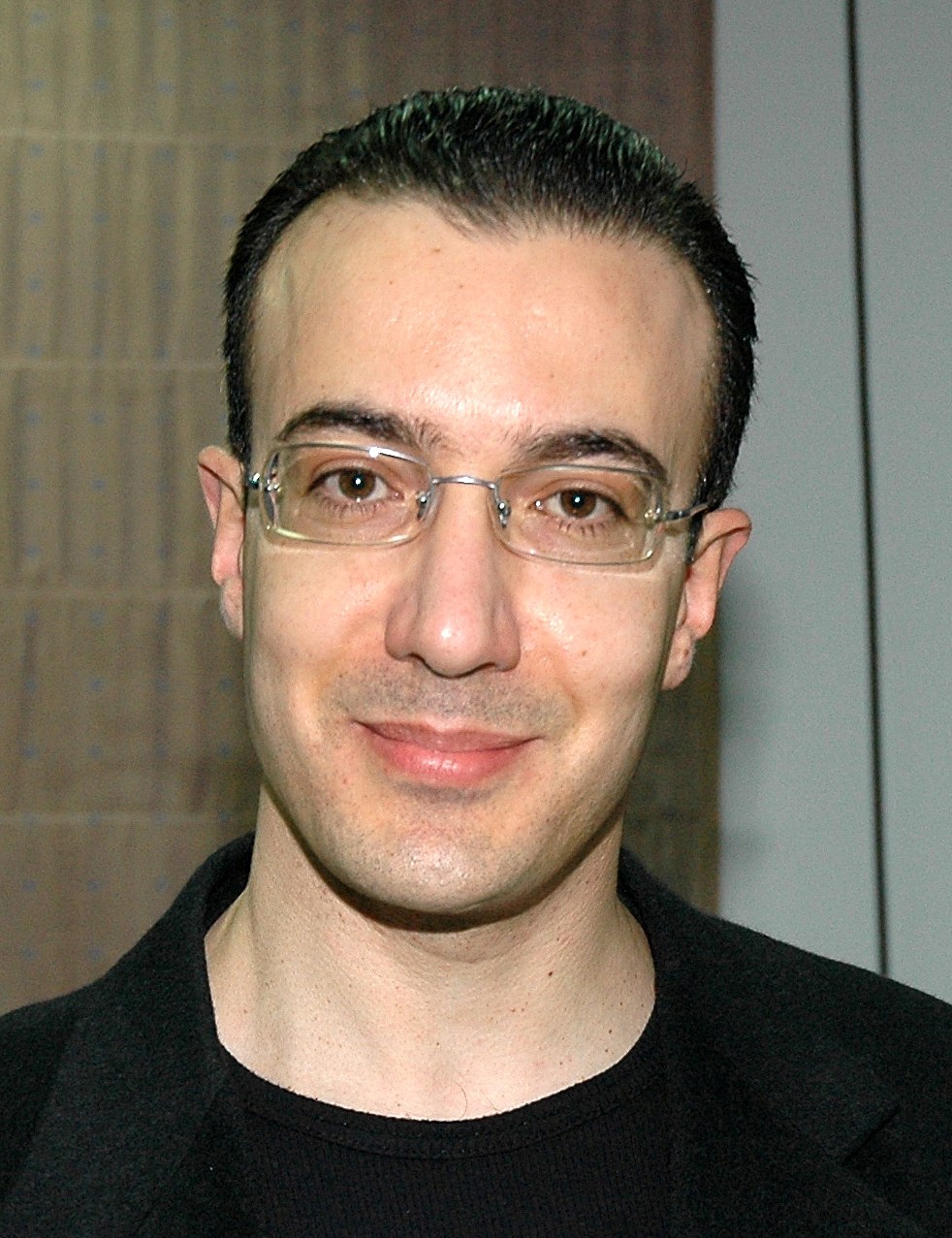
Fahd Nasr
Professor, Lebanese University, Lebanon
Presenter Local Time: 11:35 AM- 12:00 PM
Yeast as a Translational Model: Bridging Fundamental Biology with Therapeutic Solutions
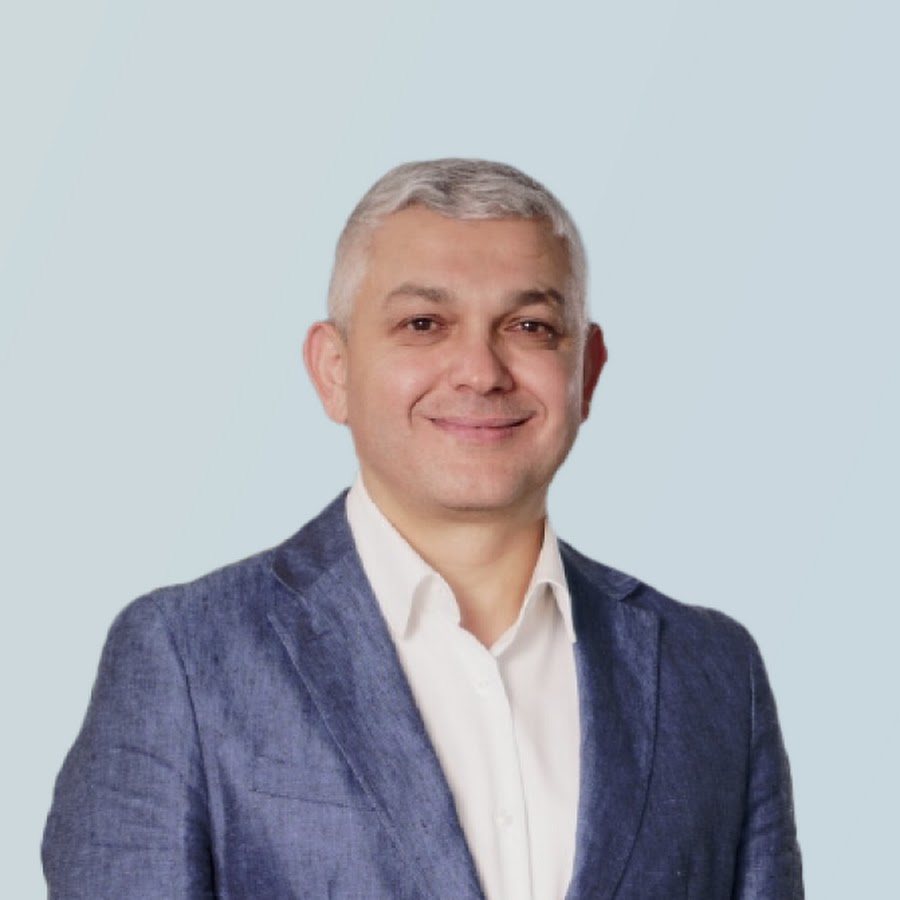
Islam Al Dababsekh
Professor, Stem Cells and Genome Institute, Ukraine
Presenter Local Time: 10:20 AM- 10:45 AM
Stem Cell derived spermatogenesis for treatment of male infertility
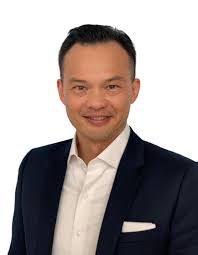
Dr. Yuta Lee
Founder & CEO, Accelerated Biosciences, USA
Presenter Local Time: 9:40 AM- 10:05 AM
SASP Suppression by hTSC Secretome
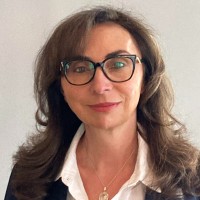
Roshanak Tolouei Semnani
Executive Director, Precigen. Inc., USA
Presenter Local Time: will be updated soon
A novel gorilla adenovirus-based immunotherapy to treat recurrent respiratory papillomatosis
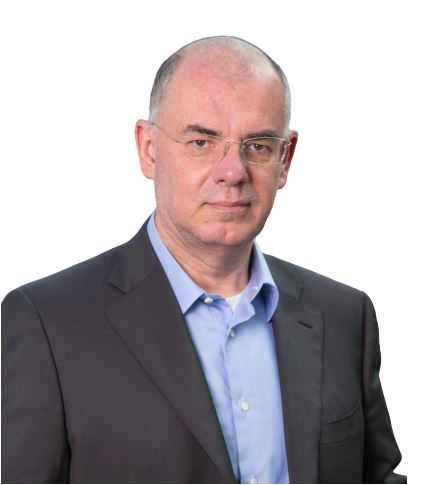
Giuseppe Recchia
Co-Founder & CEO daVi DigitalMedicine srl, Italy
Presenter Local Time: 11:00 AM- 11:25 AM
Patient-facing digital health technologies, digital therapeutics and chronic diseases
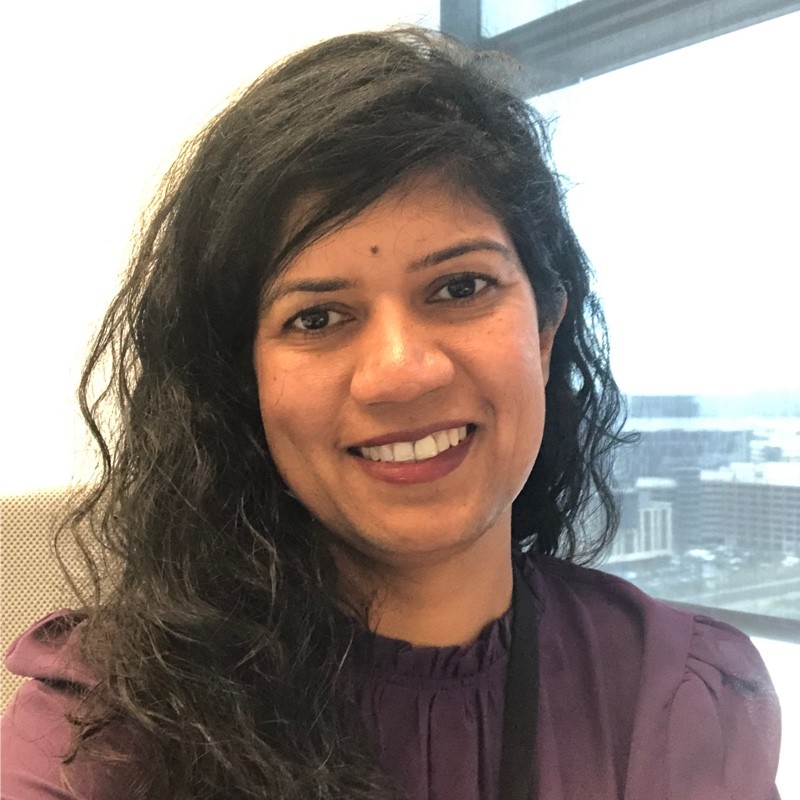
Arati Kanchi
Medical Director, Amgen, USA
Presenter Local Time: 7:05 AM- 7:30 AM
Recruitment in the Rare Disease Clinical Trials- Barriers and Opportunities
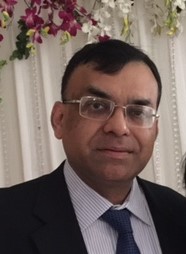
Dr Abhaya Gupta
Consultant Physician, Glangwili hospital, UK
Presenter Local Time: 11:10 AM- 11:35 AM
Vitamin D deficiency
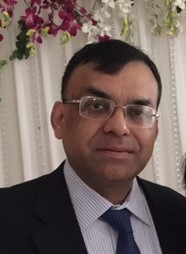
Abhaya Gupta
Consultant Physician, Glangwili hospital, UK
Presenter Local Time: 11:35 AM- 12:00 PM
Medical management of hip fractures
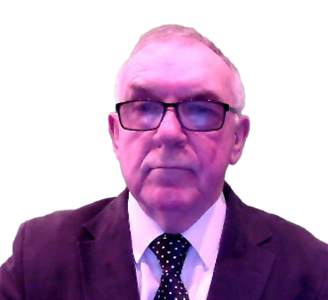
David Wortley
CEO & Co- Founder, International Society of Digital Medicine (ISDM), UK
Presenter Local Time: 10:25 AM- 10:50 AM
The Impact of AI and Disruptive Technologies on the Future of Nursing
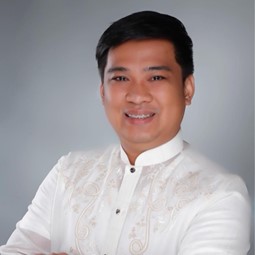
Mark Jeembs Pineda
Professor, University of the Philippines Manila, Philippines
Presenter Local Time: 4:45 PM- 5:10 PM
Development of a Coaching Program on Leadership on Selected Personnel in a Healthcare Environment
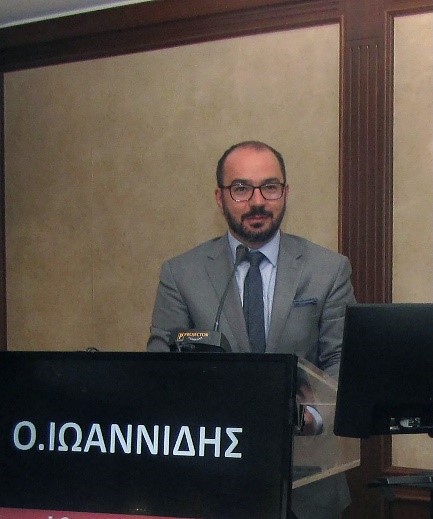
Orestis Ioannidis
Associate Professor, Aristotle University of Thessaloniki, Greece
Presenter Local Time: 9:55 AM- 10:20 AM
Open abdomen and negative pressure wound therapy for acute peritonitis especially in the presence of anastomoses and ostomies
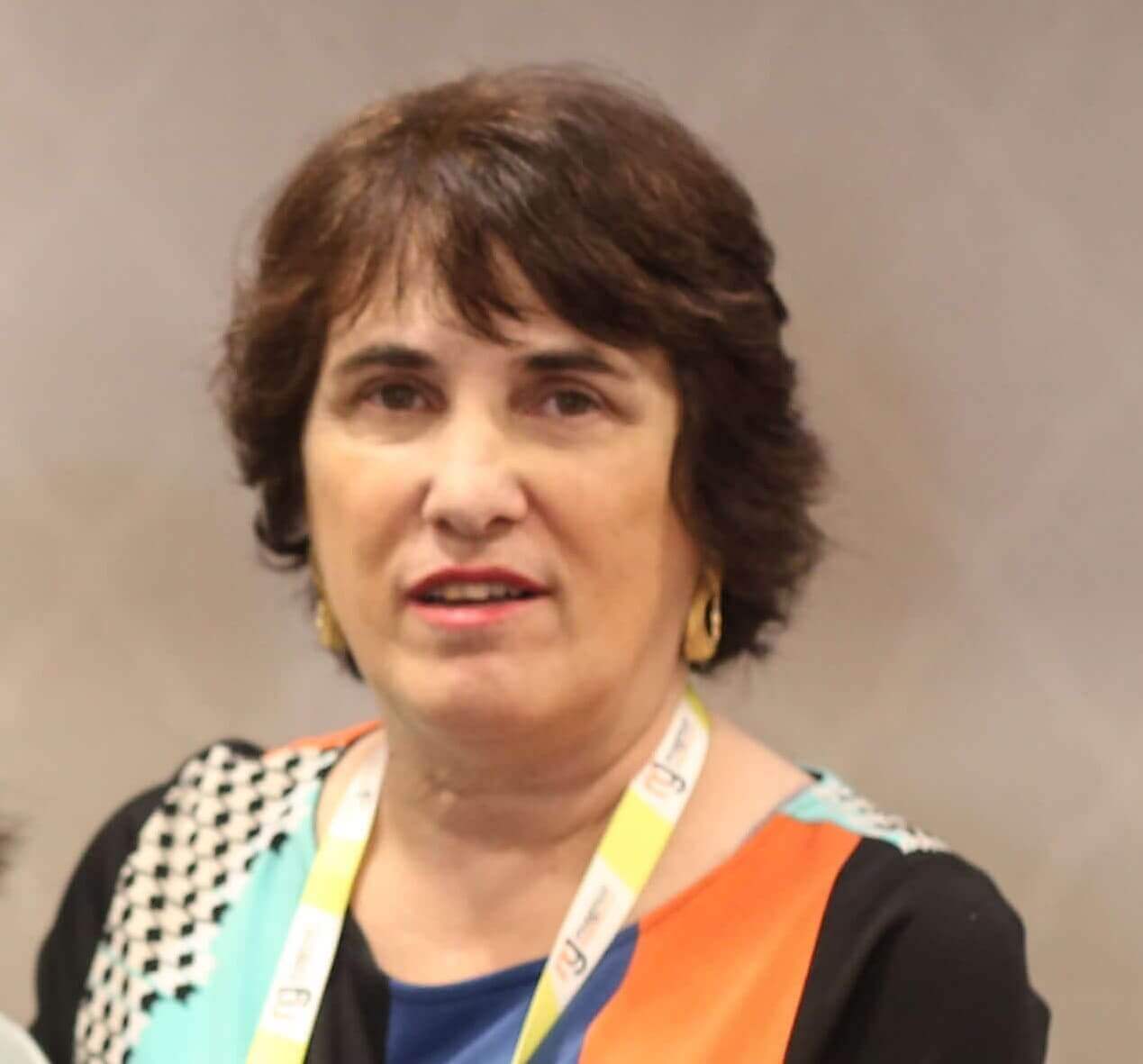
Daryle Wane
Nurse Consultant, University of South Florida, USA
Presenter Local Time: 8:25 AM- 8:50 AM
Best practice approach: how to improve clinical communication interactions
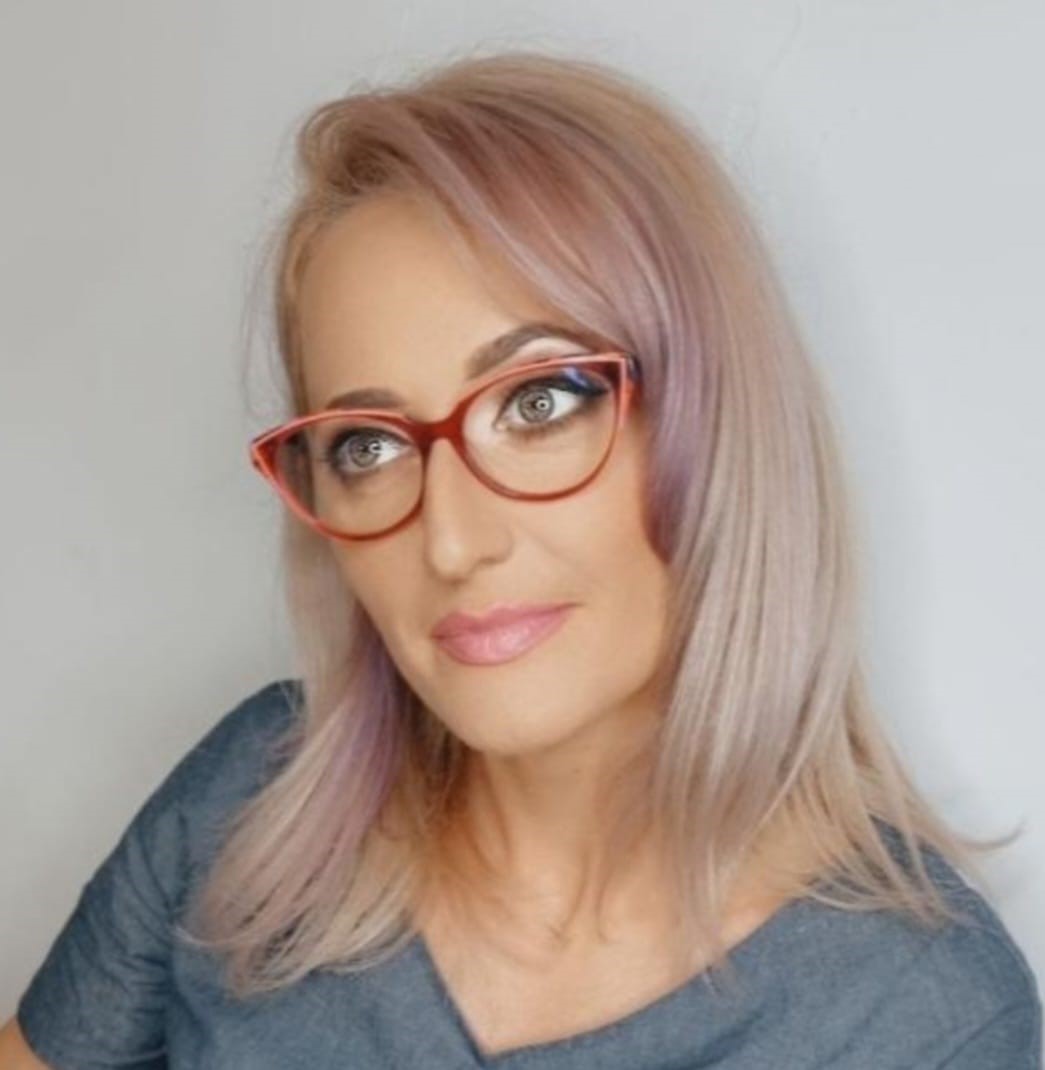
Mihaela Diana Stanica
PhD, University of Medicine and Pharmacy, Romania
Presenter Local Time: 9:30 AM- 09:55 AM
Current State of Knowledge in the Field of Research on Communication Barriers in the Nursing Process